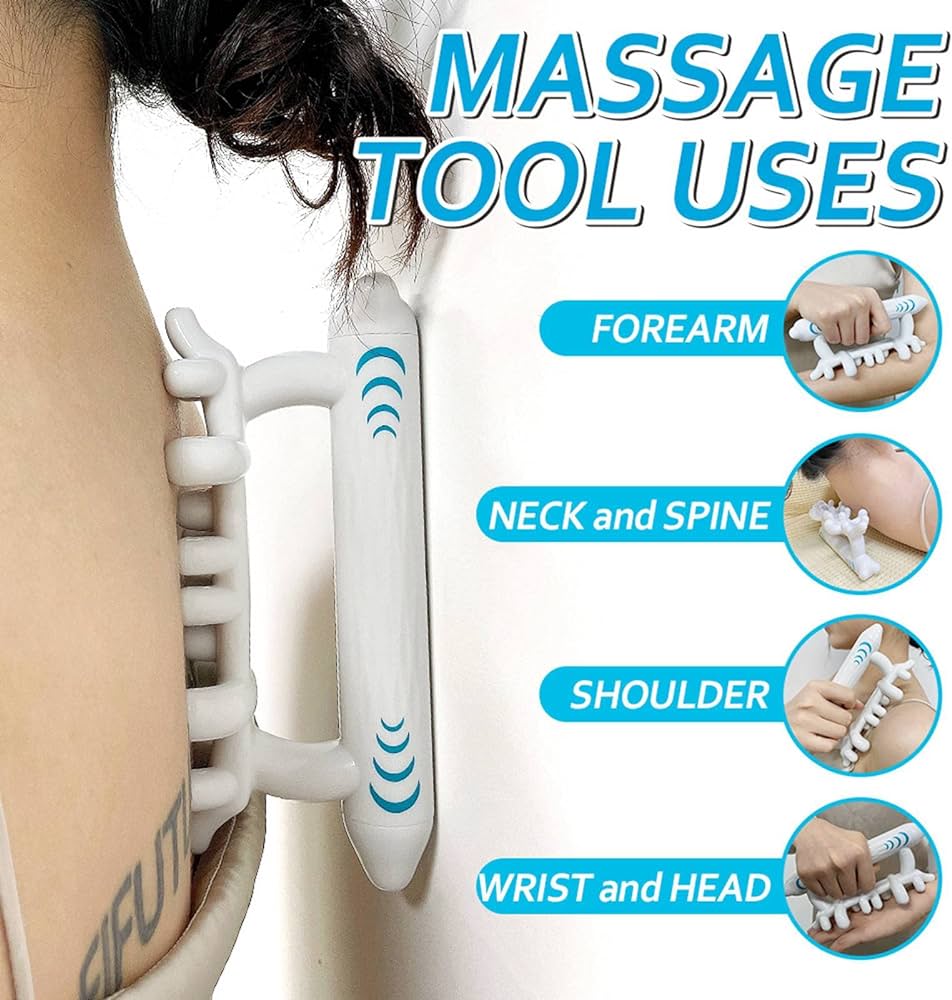Do you often feel tightness or discomfort in your muscles, even after stretching? Have you tried various recovery methods but still experience stiffness and pain? If so, a fascia tool may be the solution you’ve been looking for! In this article, we will explore what fascia is, how it affects our bodies, and how using a fascia tool can help release tension and boost recovery.
Understanding Fascia
Fascia is a type of connective tissue that surrounds and supports all the structures in our body, including muscles, bones, organs, nerves, and blood vessels. It acts as a protective layer that helps to maintain structural integrity while allowing movement and flexibility.
However, when fascia becomes tight or restricted due to injury, inflammation, stress, or overuse, it can cause pain, stiffness, and reduced range of motion. This is because fascia has a high density of sensory receptors that can trigger pain signals when compressed or stretched beyond its normal capacity.
The Benefits of Using a Fascia Tool
A fascia tool is a handheld device designed to target specific areas of the body where fascial tension is present. The most common types of fascia tools are foam rollers, massage balls, and massage sticks. By applying pressure to the affected area using these tools, you can stimulate blood flow and lymphatic drainage while breaking up adhesions and knots in the fascial tissue.
Using a fascia tool can provide numerous benefits for both athletes and non-athletes alike. Here are just a few:
1. Improves Flexibility: By releasing tightness in the fascia, you can improve your overall flexibility and range of motion.
2. Reduces Pain: A fascia tool can help relieve chronic pain caused by injuries or overuse.
3. Enhances Recovery: Using a fascia tool post-workout can help reduce muscle soreness and speed up recovery time.
4. Increases Performance: By improving flexibility and reducing pain, you can perform better in your chosen sport or activity.
How to Use a Fascia Tool
Now that you know the benefits of using a fascia tool, let’s explore how to use one effectively.
1. Choose the Right Tool: There are various types of fascia tools available, so it’s important to choose the one that’s best for your needs. Foam rollers are great for larger muscle groups, while massage balls and sticks are better for targeting specific areas such as the feet or back.
2. Find the Troubled Spot: Identify the area where you feel tightness or discomfort and position the tool on that spot.
3. Apply Pressure: Slowly apply pressure to the affected area using your body weight or by using your hands to push down on the tool.
4. Roll or Hold: Depending on the type of tool you’re using, you can either roll back and forth over the area or hold steady pressure on it for several seconds.
5. Breathe Deeply: While using a fascia tool, remember to breathe deeply and relax into the stretch. This will help release tension more effectively.
Tips for Effective Fascia Release
1. Start Slowly: If you’re new to using a fascia tool, start with shorter sessions and lighter pressure until your body becomes more accustomed to it.
2. Focus on Problem Areas: Spend extra time on areas where you feel the most tension or discomfort.
3. Be Consistent: Regular use of a fascia tool can provide long-term benefits, so make it a part of your daily routine if possible.
4. Hydrate: Drinking plenty of water before and after using a fascia tool can help flush out toxins and improve circulation.
Conclusion
Using a fascia tool is an effective way to release tension and improve recovery time. By incorporating this practice into your daily routine, you can experience increased flexibility, reduced pain, and enhanced performance in your chosen sport or activity. Remember to start slowly, focus on problem areas, and be consistent for best results.
References
1. https://www.medicalnewstoday.com/articles/320874
2. https://www.webmd.com/pain-management/what-is-fascia
3. https://www.shape.com/fitness/tips/fascia-release
4. https://www.self.com/gallery/how-to-use-a-foam-roller
5. https://www.healthline.com/health/fascia-tool#benefits




